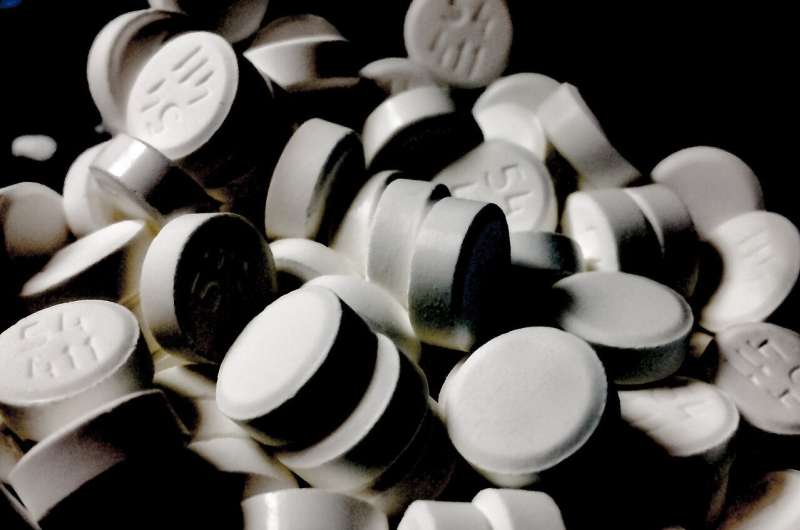Increased take-home methadone during pandemic did not worsen outcomes


Relaxing limits on take-home doses of methadone—a medication used to treat opioid addiction—does not appear to lead to worse treatment outcomes, according to a new study led by Washington State University researchers.
Published in the American Journal of Drug and Alcohol Abuse, the study looked at the impact of a temporary policy change allowing providers to send patients home with additional methadone doses during the COVID-19 pandemic. Previously, federal regulations allowed take-home privileges only for established patients who have proven themselves stable, a measure intended to reduce risk of patients selling the provided methadone.
While the researchers saw the average number of methadone take-home doses nearly double during the pandemic, they found no significant changes in treatment outcomes. There was no rise in the number of patients experiencing emergency department visits, whether overdose-related or for other reasons. There was also no notable increase in the number of patients who tested negative for methadone.
“Our research highlights the need to consider permanently loosening the restrictions on methadone take-home doses, which would help many people who are struggling to access opioid treatment,” said lead study author Ofer Amram, an assistant professor in the WSU Elson S. Floyd College of Medicine whose research focuses on decreasing health disparities in vulnerable populations.
The study was based on data from 183 patients treated at a methadone clinic in Spokane County, Washington. Methadone take-home doses from the clinic rose from 11.4 doses per 30 days in the eight months prior to the pandemic policy change to 22.3 doses per 30 days in the eight months following.
Methadone can only be prescribed and dispensed by federally approved opioid treatment programs, and there are only about 1,800 such programs around the country. This makes requiring daily visits to get methadone especially difficult for individuals who live far from a treatment program, Amram said.
Source: Read Full Article




